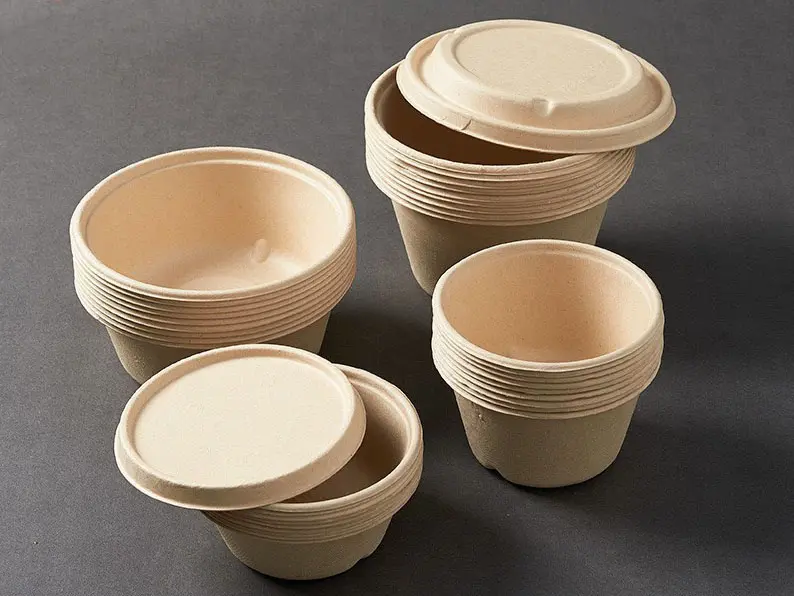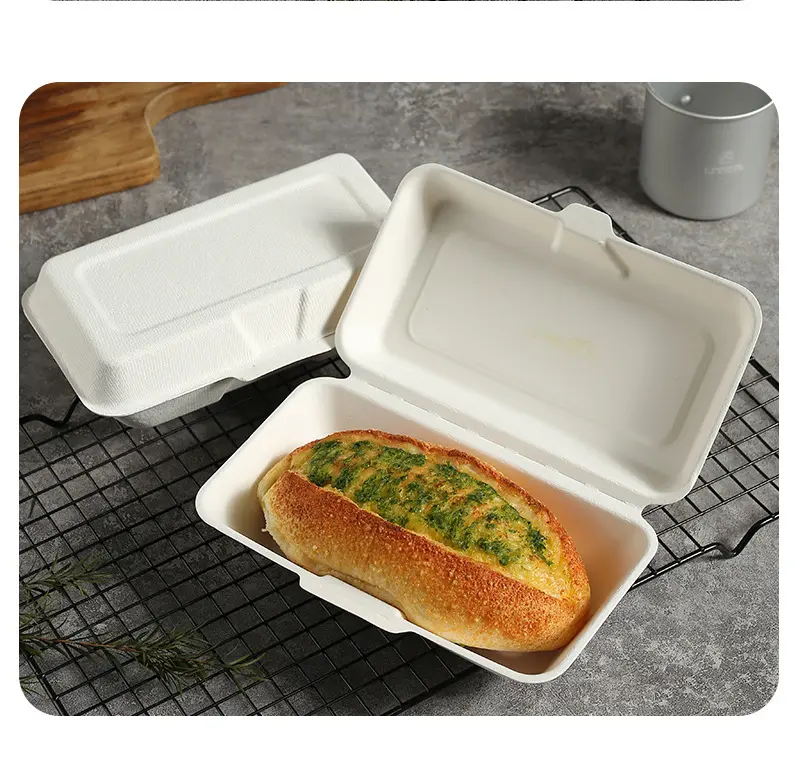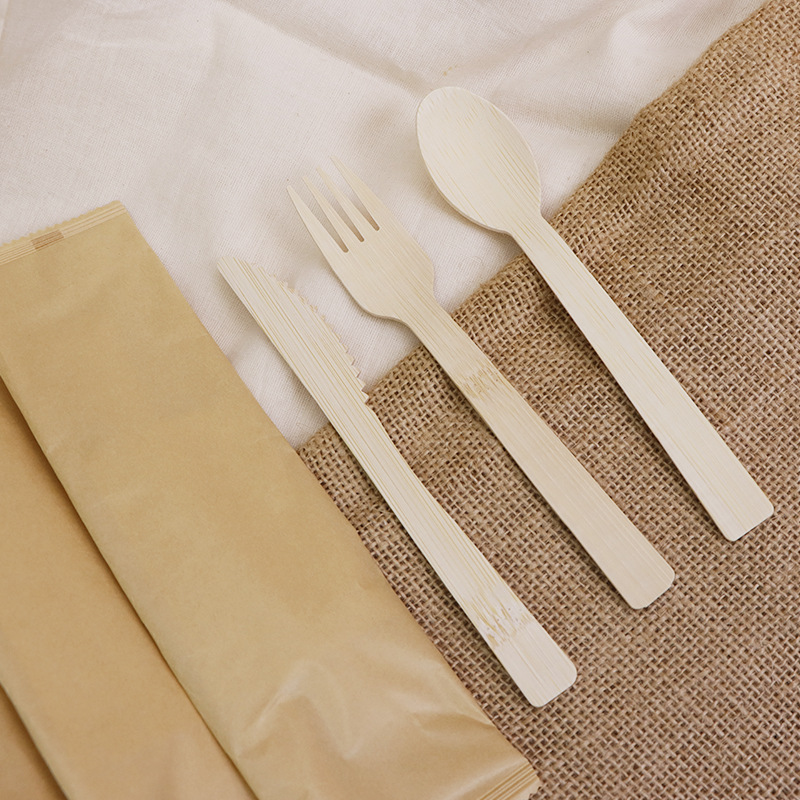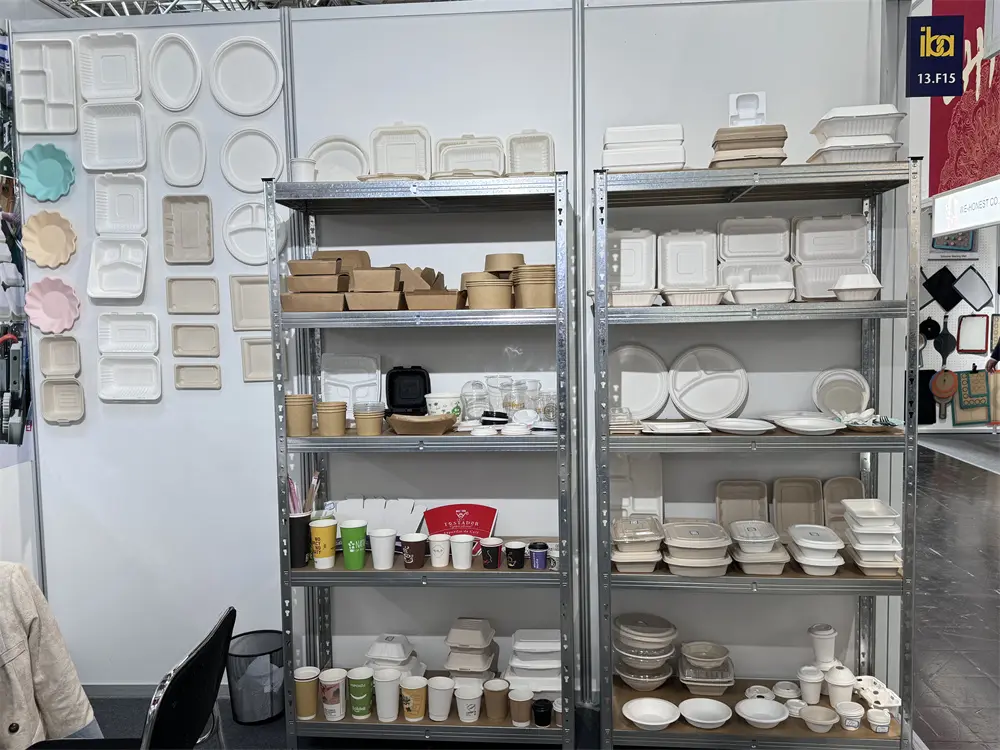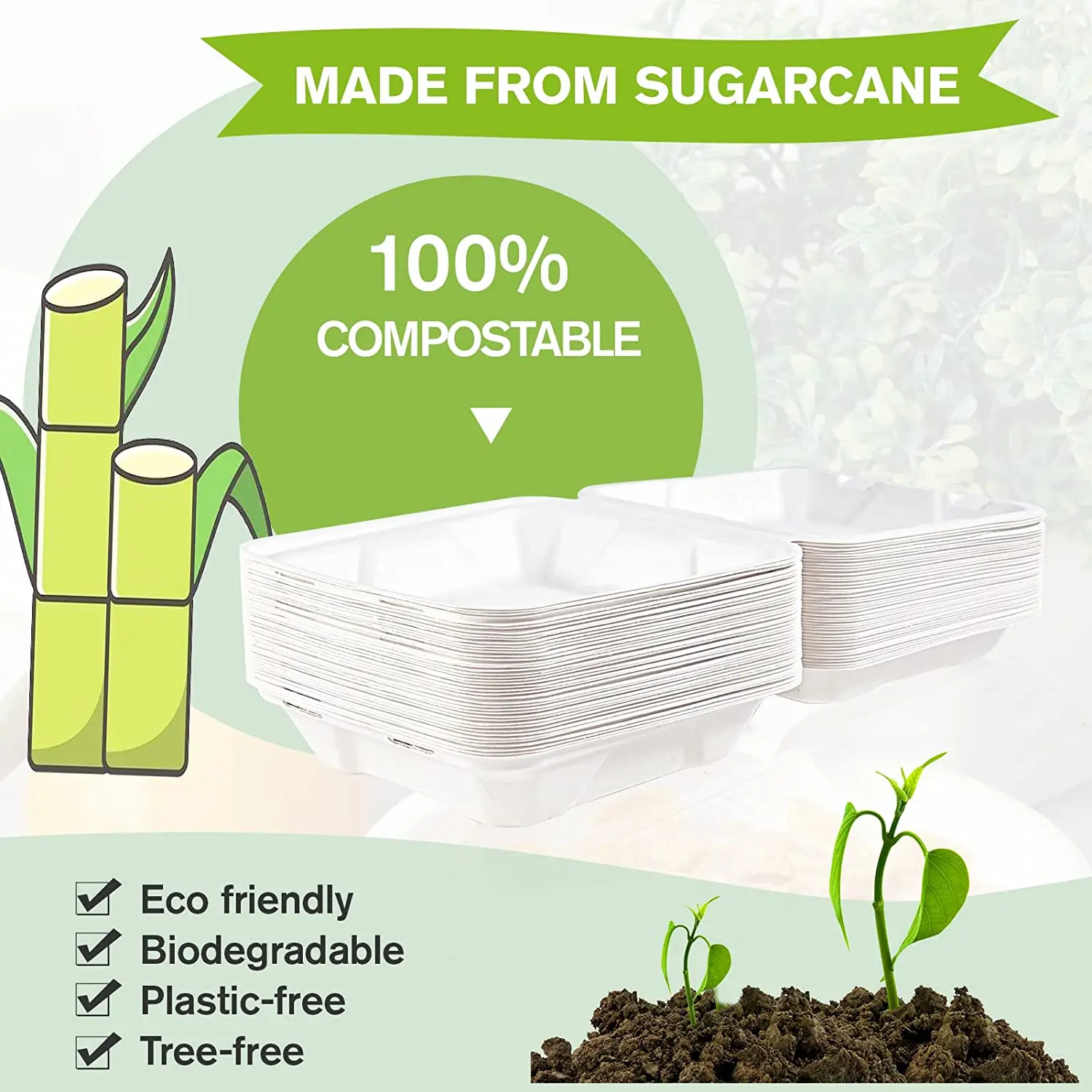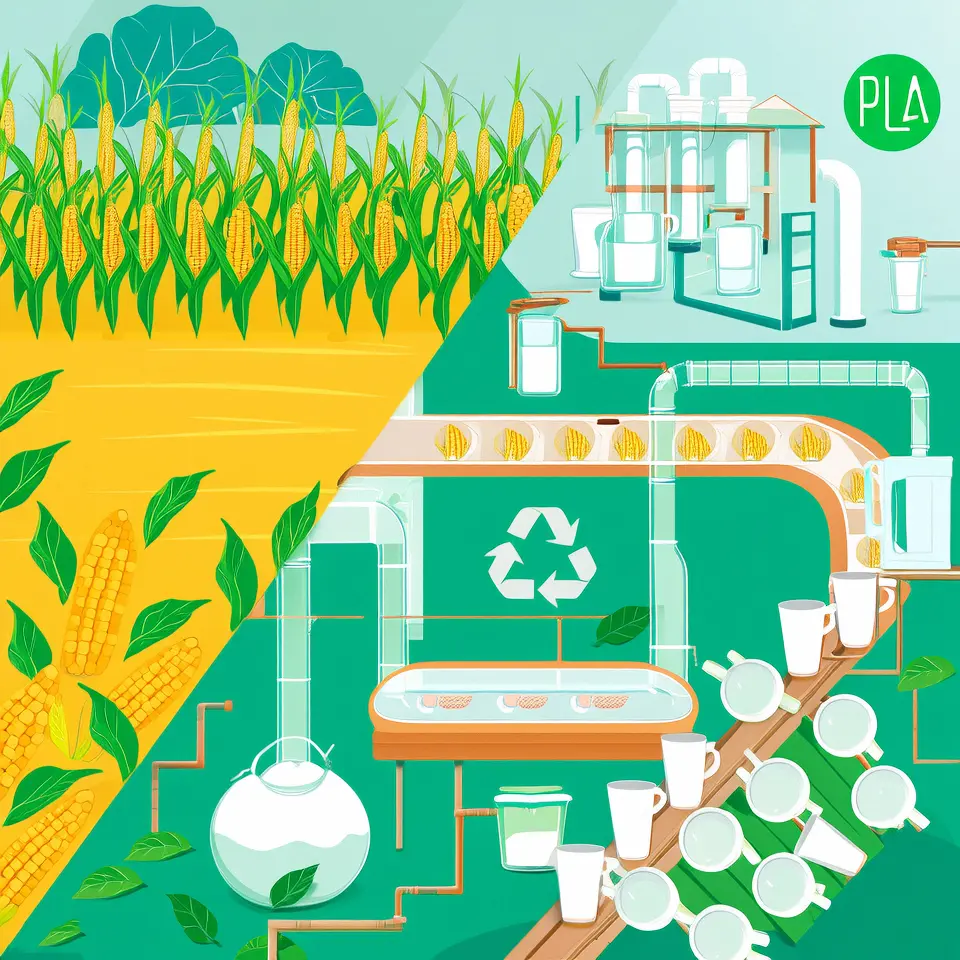The Sustainability and Safety of Bagasse Clamshells in the Food Packaging
In an era where environmental consciousness is at an all-time high, the food packaging industry is under increasing pressure to adopt more sustainable practices. One material that has gained significant attention for its eco-friendly properties is bagasse, a by-product of sugarcane processing. Bagasse Clamshells, which are clamshell-shaped containers made from this material, have become a popular alternative to traditional plastic packaging. This article explores the environmental benefits of bagasse, its development trends, and the safety of using bagasse clamshells for food packaging.
Environmental Benefits of Bagasse
Bagasse is a highly sustainable material due to several key factors. Firstly, it is a by-product of the sugar refining process, meaning it is derived from a renewable resource. Unlike plastics, which are made from fossil fuels and contribute to greenhouse gas emissions, bagasse is biodegradable and compostable. When disposed of properly, it can decompose within a few months, significantly reducing the environmental impact compared to non-biodegradable materials.
Moreover, the production of bagasse products requires less energy and water compared to traditional plastic manufacturing processes. This not only reduces carbon emissions but also conserves natural resources. Additionally, bagasse cultivation often takes place on land that is unsuitable for other crops, further minimizing its ecological footprint.
Development Trends of Bagasse Materials
The demand for sustainable packaging solutions has driven significant advancements in the production and application of bagasse materials. One notable trend is the development of high-performance bagasse products that can withstand higher temperatures and moisture levels, making them suitable for a wider range of applications. For instance, some manufacturers have introduced heat-resistant Bagasse Containers that can be used in microwaves and ovens, expanding their utility in both commercial and household settings.
Another trend is the integration of bagasse with other natural fibers to enhance its properties. For example, combining bagasse with bamboo or wheat straw can improve the strength and durability of the final product. This hybrid approach not only increases the functionality of bagasse containers but also maximizes the use of renewable resources.Furthermore, there is a growing interest in developing bagasse-based composites for various industrial applications beyond food packaging. These composites can be used in construction, automotive, and even electronics industries, opening up new markets for bagasse and contributing to a circular economy.
Safety of Using Bagasse Clamshells for Food Packaging
One of the primary concerns when it comes to food packaging is the safety of the materials used. Bagasse clamshells have been extensively tested and have been found to be safe for food contact. The United States Food and Drug Administration (FDA) and the European Food Safety Authority (EFSA) have both approved bagasse as a safe material for food packaging.
Bagasse clamshells are free from harmful chemicals such as bisphenol A (BPA) and phthalates, which are commonly found in plastic containers and can leach into food, posing health risks. Additionally, the natural composition of bagasse provides a barrier against contaminants, ensuring that the food remains fresh and uncontaminated.
In terms of temperature resistance, bagasse clamshells can typically withstand temperatures ranging from -20°C to 120°C. This makes them suitable for a variety of food items, including hot and cold dishes. However, it is important to note that while most bagasse clamshells are microwave-safe, they should not be used in conventional ovens or directly over open flames.
Conclusion
Bagasse clamshells represent a promising solution to the environmental challenges posed by traditional food packaging materials. Their sustainability, biodegradability, and safety make them an attractive choice for businesses and consumers alike. As the demand for eco-friendly products continues to grow, the development and adoption of bagasse-based packaging solutions are likely to expand, contributing to a more sustainable future for the food industry.
By embracing bagasse clamshells, we can reduce our reliance on non-renewable resources, minimize waste, and ensure that the food we consume is packaged in a safe and environmentally responsible manner.





